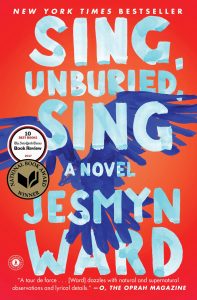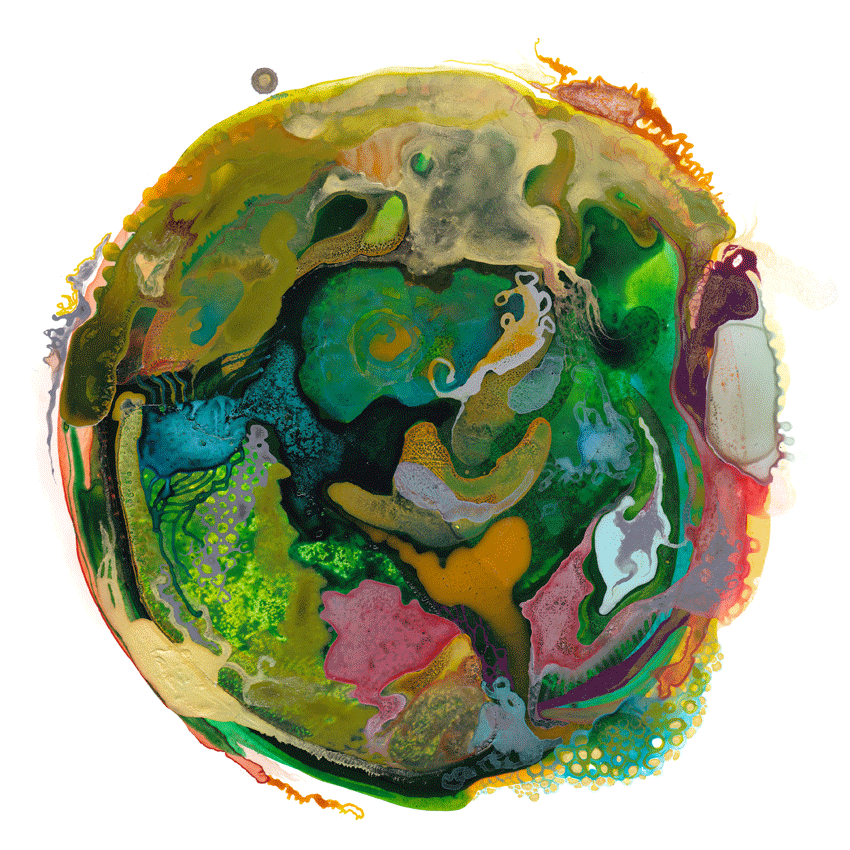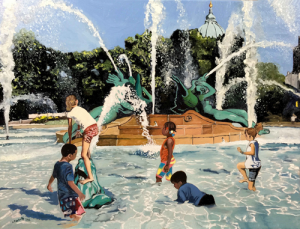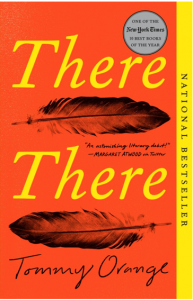
The annual collaboration between Philadelphia Stories and One Book, One Philadelphia celebrates the symbiotic relationship between reading and creating. When we read we gain grist for the mill that produces new work. We find connections between our experiences and those of another.
This issue of PS holds iterations of the themes of community and tradition found in Tommy Orange’s novel, There There, the 2020 One Book, One Philadelphia featured selection. One Book is a Free Library program that fosters citywide civic dialogue by encouraging everyone in Philadelphia to read the same novel—you can find a copy of There There at any neighborhood library, and from January to March, attend one of dozens of discussions and programs diving into the book. Talk about why it knocked you down, talk about what surprised you, talk about what you found difficult—just talk about it. And listen about it.
A Cheyenne-Arapaho novelist, Tommy Orange writes polyphonically in the voices of 12 Native characters living in present day Oakland, California. Their communities in many ways are fractured, split open by the U.S. government’s historical violence against Indigenous peoples. The modern impacts of the campaign to erase the original inhabitants of this land, including choking resources and attempting to ban religious and cultural traditions, echo throughout the characters’ lives.
And yet the message of Tommy Orange’s novel is crystalline. His characters say: we are still here. Across the gentrified city of Oakland, they find one another. They tell their stories. They drop deep, deep into themselves to find the traditions that have been passed down to them, and they live. They live in ways that are new and complex and digital and ancient and together.
This book evokes big questions about community and tradition: how do they stay alive in the face of violence? How do they evolve over time, and how are they perceived by others? How are legacy and inheritance—learning about one’s own community traditions—a privilege? How do history and the present interact?
I imagine those questions are different for each person, depending on who their community is and what its traditions are. I’m excited for the responses that unfold through the pages of this magazine, with each writer and artist contributing their own sense of belonging and of what has been passed on to them, what they want to pass on.
Brittanie Sterner
Director of Programming, One Book, One Philadelphia
The Free Library of Philadelphia
Philadelphia Stories Winter Issue Launch: Community & Traditions
Monday, February 24, 5:30 p.m. exhibition opens, 6:00 p.m. reading
Walnut Street West Library, 201 S. 40th St., 215-685-7671
Celebrate the launch of the One Book–themed issue of Philadelphia Stories magazine with readings by local writers and a pop-up show of visual works featured in the issue.
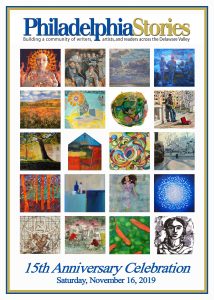 PHILADELPHIA, September 9, 2019—Philadelphia Stories celebrates its 15th anniversary with a gala event at the Cheltenham Center for the Arts (439 Ashbourne Road, Cheltenham, PA) on Saturday, November 16, 2019, from 7-10pm. The festivities will include a cocktail reception, live auction, art opening, and the release of The Best of Philadelphia Stories, 15th Anniversary Edition anthology.
PHILADELPHIA, September 9, 2019—Philadelphia Stories celebrates its 15th anniversary with a gala event at the Cheltenham Center for the Arts (439 Ashbourne Road, Cheltenham, PA) on Saturday, November 16, 2019, from 7-10pm. The festivities will include a cocktail reception, live auction, art opening, and the release of The Best of Philadelphia Stories, 15th Anniversary Edition anthology.